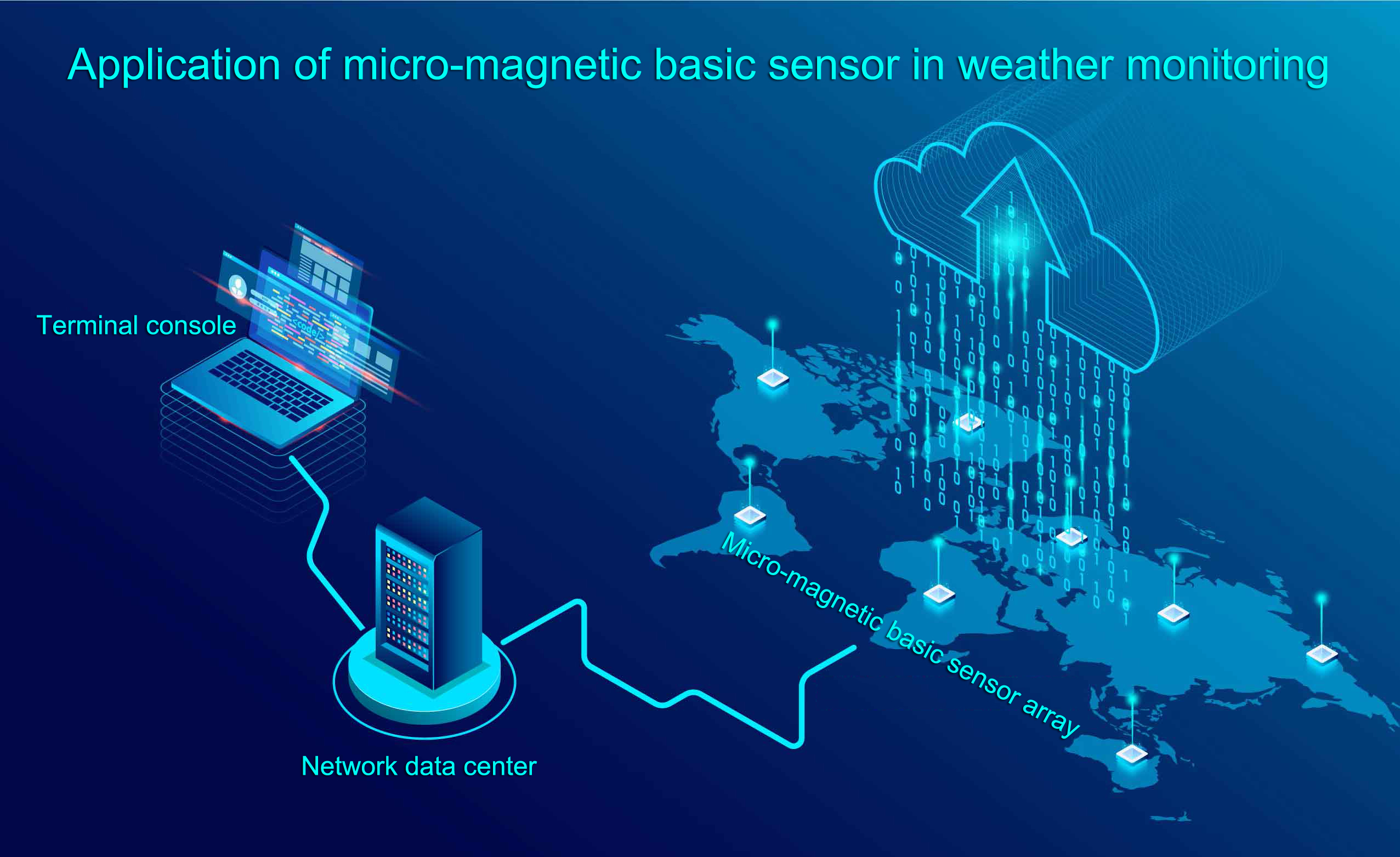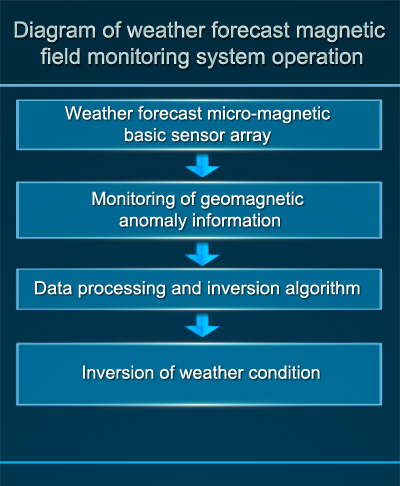![]() Background analysis:
Background analysis:
On July 21, 2012, a torrential rain raged Beijing, with historically rare rainfall. The disaster-affected population in Beijing reached 1.9 million, of which 79 were killed, and the economic loss amounted to nearly 10 billion yuan. Meteorological prediction has a great impact on daily life, agriculture, and military affairs. From ancient times to the present, people have used various methods to study weather changes. Since the 1960s, with the advent of meteorological satellites and related advanced calculation and measurement technologies, great progress has been made in artificial weather forecasts. As smart sensors gain popularity, weather conditions usually require the use of various sensors to monitor and predict temperature, humidity, air pressure, wind speed, etc.
![]() Principle:
Principle:
Abnormal changes in weather, such as different dry humidity, will affect the charge distribution of the charged clouds in the air. The different distribution of charges will cause certain changes in the magnetic field. Based on this feature, the magnetic field changes that can be monitored by Guochuang Micro-magnetic Basic Sensors can be used to provide important technical support for the weather forecasting.
![]() Technical solution:
Technical solution:
UAVs or hot air balloons s are mounted with the magnetic field monitoring system for weather forecasting, and then wirelessly transmit the magnetic field data collected in real time to the control terminal. The relevant models and algorithms are used to reverse the weather conditions, and invert accurate weather forecasting by combining the detections of other sensors data information.


![]() The main components of the system:
The main components of the system:
1. The weather forecast magnetic field monitoring system is composed of micro-magnetic basic sensor array, communication module, digital signal unit, etc.;
2. The micro-magnetic basic sensor array is mounted on UAVs or hot air balloons dedicated to weather monitoring;
3. Related algorithms include: micro-magnetic basic sensor array calibration, installation error calibration, carrier interference suppression, environmental noise suppression, processing of magnetic anomaly targets small signal, etc.;
4. Network data center: collection of data and information such as micro-magnetic basic sensor array data and magnetic anomaly early warning positioning signals;
5. Terminal console: display the working status and parameter information of the weather forecast magnetic field monitoring system.
